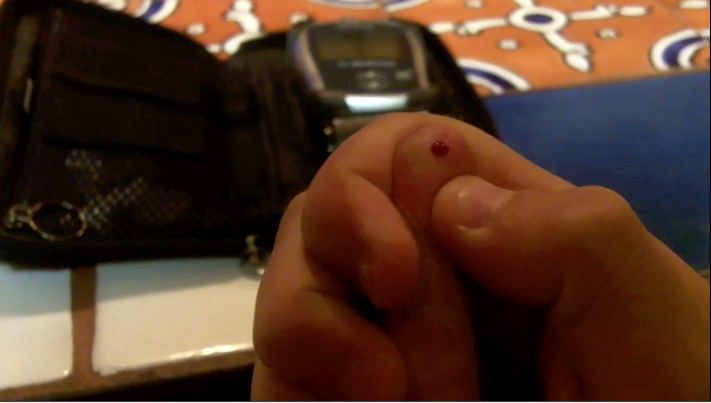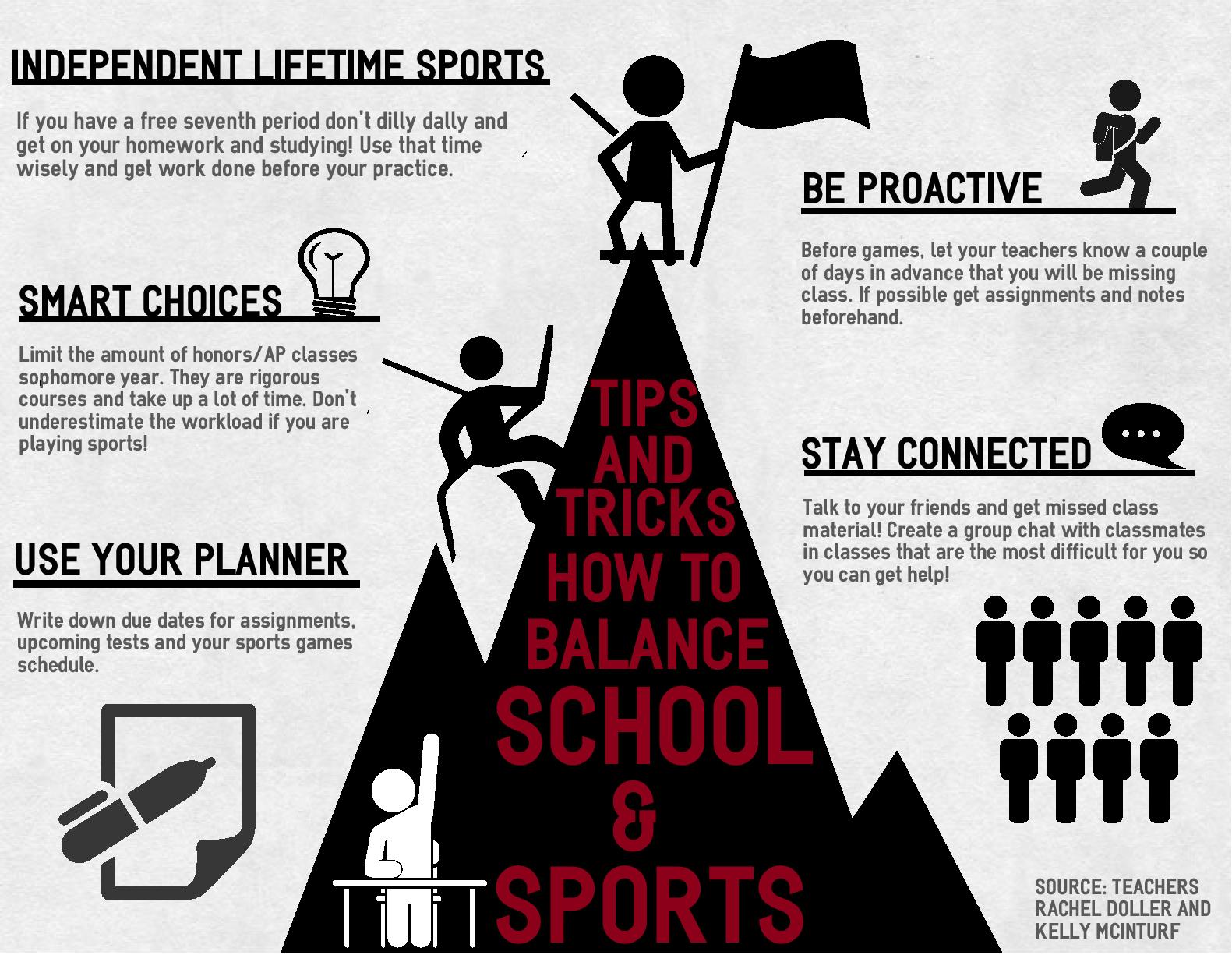Dia-Be aware on World Diabetes Day
By Natalie Silver,
Website Sports Editor–

We think we know it all:
Why does that guy have a pager on his belt… it’s 2013? Ohhh that’s right, he has that disease where you can’t eat sugar! I think my great aunt was just diagnosed with that. She’s huge! What’s it called again? Diabeetus?
WRONG. First of all, he’s wearing an insulin pump because he has Type 1 diabetes, and the reason it’s there is so he can eat sugar while keeping his blood glucose levels in range. Second of all, it sounds like your fat aunt has a completely different disease with a similar name—Type 2 diabetes. There’s a distinction. And thirdly, it’s pronounced ‘Dye-a-beet-eez.’
November is Diabetes Awareness Month, and if there’s one thing to be aware of, it’s the difference between the two types of the disease. They really should have two different names because they are so dissimilar. Getting the two mixed up is like confusing Jefferson Airplane and Justin Bieber’s respective versions of “Somebody to Love.” It’s a humiliating mistake.
With both “types” of the disease, there is a problem with the body that causes blood glucose levels in the blood to rise higher than normal, which is called hyperglycemia. However, Type 2 diabetics are insulin resistant, meaning that the body doesn’t use insulin properly, whereas Type 1 diabetics are insulin dependent, meaning that the pancreas stops producing insulin completely.
Type 2 diabetes is the most common type, and is generally a result of poor diet and lack of exercise (although it is possible for a fit, healthy person to develop the same disease). Type 1 diabetes, on the other hand, is an autoimmune disease caused by both genetic and environmental factors in which the pancreas stops producing insulin. Diagnosis is most common in children and has nothing to do with diet or exercise.
It is possible for people with Type 2 diabetes to become noninsulin-dependent, especially if they begin to eat healthier and exercise more. However, people with Type 1 are insulin-dependent for life, making finger pricks, insulin injections, insulin pump set changes and low blood sugar treatments with glucose a permanent part of daily life.
It’s a 24/7 job that can never be turned off or ignored. Davis High junior Walter Bolle has Type 1, and said that the worst part about having the disease is managing it every single day.
Bolle also gets frustrated with the comments he gets from non-diabetics.
“People always think that [Type 1] diabetics can’t eat too much sugar when in reality we can, we just need to bolus the right amount [of insulin],” Bolle said.
Homeschooled Type 1 diabetic Taylor Gaydon, like Bolle, gets annoyed with the ignorance many non-diabetics display. Gaydon warned against being that kid who mentions diabetes every time they see a piece of candy.
“There is this annoying guy I know that always makes diabetes jokes,” Gaydon said disgustedly. “Like on Halloween, he got a huge sack of candy and slammed down in the middle of everyone and was all like ‘HO HO HO! Merry Diabetes!”
So really, all our diabetic peers want this month is for people to gain a little understanding and be able to distinguish between the two types of the disease.
“I want people to be aware that not all diabetics are fat and that we can actually eat sugar,” Gaydon said.
Bolle agreed, and also reminded us that nobody is really in the safe zone—although diagnosis is less common in adulthood, anyone at any age can develop Type 1 diabetes.
“I just want people to know that it exists and that it is not as big a deal as everyone probably thinks it is,” Bolle said. “But also I think that people should recognize that with Type 1 diabetes increasing, it might be a bigger problem one day.”
Tomorrow, Nov. 14, is World Diabetes Day. Wear blue to show awareness and support.



